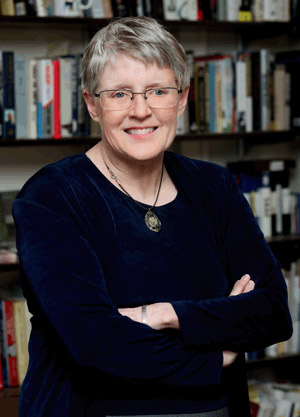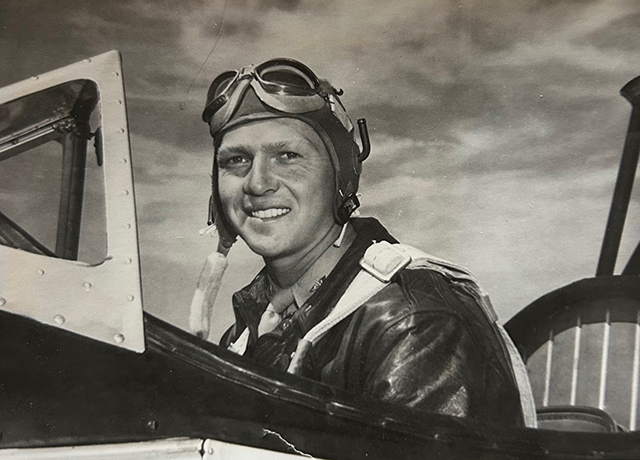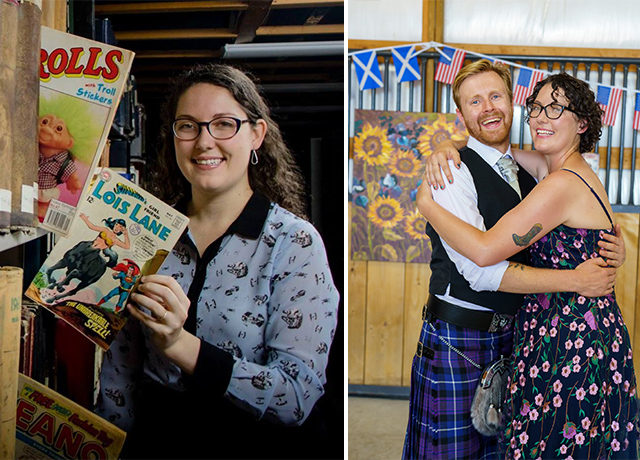Featured Testimonial About Creighton University
“A director gives the Spiritual Exercises one-on-one to accommodate each person’s concrete circumstances and becomes a mentor. Many of the signature traits of Ignatian education are rooted in such understanding of the individual.”
Father Andy Alexander, SJ, director of the Office of Collaborative Ministry.
* * *
By Eileen Wirth, PhD, professor emeritus

A brilliant but painfully shy new graduate contacted me for help after a couple of months of futile job hunting. She had graduated summa cum laude. What was her problem?
We met to discuss the art of interviewing. During my 25 years of teaching journalism at Creighton, I ran an unofficial job placement service. I had a hunch about what the problem was.
“What do you say when an interviewer asks what questions you have?” I asked.
“Oh, Dr. Wirth, I can never think of anything to ask,” she said sadly.
Bingo! Employers view lack of questions as a sign of poor preparation, but it’s hard for introverts to speak out. After we made a list of questions my graduate could ask almost any employer, she left smiling and confident. Best of all, a week later, she had a job.
Had I not known how shy my alum was or how that plays out in an interview, I would never have asked the key question that solved her problem. It was a classic example of how developing an “understanding of the individual” is critical to effective mentoring. It’s also a trademark of Jesuit education.
Mentoring is baked into Creighton’s DNA because, as Fr. Alexander explained, the entire Jesuit approach to education is based on the one-on-one design of the Spiritual Exercises. Jesuit university faculty members mentor their students as naturally as they lecture.
(Read about an alumnus whose life was changed by Wirth's mentorship.)
People who have only experienced Jesuit education cannot appreciate how different this is from the culture of large state schools such as those I attended.
At such schools, students rarely meet with faculty except during office hours to discuss problems in class. They don’t casually hang out in faculty offices, raid the candy bowl, seek advice on what to wear to an interview or collaborate on projects.
My “office hours” illustrated the difference. Kids were welcome to come in whenever I was in the office, usually from 8 a.m. to 4:30 p.m. unless I had class or a meeting. I required appointments only during the hectic registration advising seasons.
“Mentoring” wasn’t limited to the office. A lot took place informally in the Student Center food court, the fitness center and campus mall. Every conversation had the potential to develop into something significant.
Mentoring is linked to the classrooms and labs where faculty and students get to know each other. Professors quickly learn student names and information, such as their hometowns and high schools, majors and career aspirations.
Faculty seek to understand their students so they can relate effectively to their “concrete circumstances.” A nontraditional Native American student commuting from Winnebago needed more leeway for emergencies than a sophomore living in McGloin Hall.
Sometimes you risked angering a student to get them on the straight and narrow. I remember writing a note on a paper saying that I suspected the author had dashed it off at the last minute. When the student appeared to dramatically discuss her grade, she had just one question.
“Dr. Wirth, how did you know?”
Then she explained, “I always try it once with professors to see if I can get away with it.”
It never happened again.
Science faculty welcome undergrads into their labs, and arts faculty interact with them on projects and organizations. I invited students to come in for reviews of paper drafts not only to improve their writing grades (the carrot) but to get to know them better.
A key component of mentoring was figuring out a student’s strengths and telling them the good things you had noticed, then suggesting fields where they would do well. This is critical to college students who need non-family affirmation of who they are growing into.
Parents were intensely grateful to faculty who pointed their children in a direction and helped them realize their dreams. Students would sometimes tell me that their dad wanted them to ask me about this or that.
Creighton students frequently find their own mentors, often but not always their advisors. My daughter’s favorite mentor was an English teacher, even though she was a business major. Conversely, one of my favorite “mentees” was a chemistry major who took my media history course because her boyfriend recommended it. I helped the chem major write her essay for occupational therapy school.
In retirement, I still enjoy mentoring alums. We have coffee, lunch or a glass of wine, and I try to help them sort out career moves. I still remind them how wonderful they are and give them “the pep talk.” How many other 74-year-olds count people in their 20s as close friends?
Thank you, St. Ignatius, for giving the gift of mentoring to generations of Jesuit-educated students!


